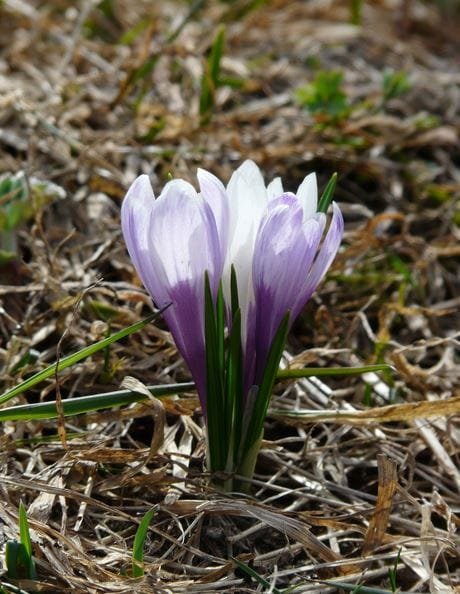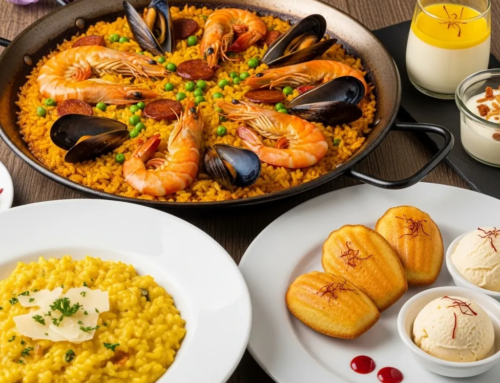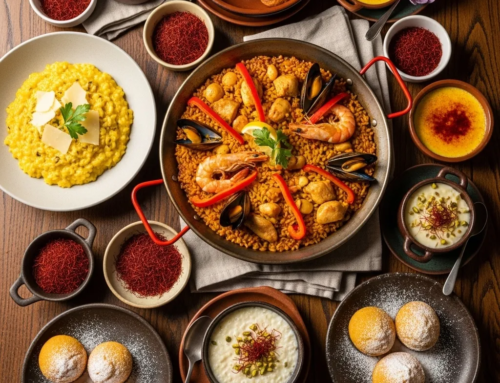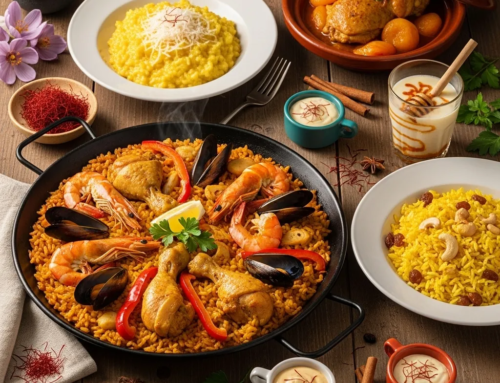 Saffron Dishes in Iranian Cuisine
Saffron Dishes in Iranian Cuisine
Saffron dishes
Saffron is a popular cooking spice worldwide, especially in Iran. Its distinctive taste, aroma, and color make it essential for various dishes and desserts. Many traditional recipes in Persian cuisine feature saffron prominently. For example, in dishes like Tahchin and Khoresht Nassar, this spice adds an unforgettable richness. Let’s dive into some of these beloved recipes:
1. Saffron Tahchin
Ingredients:
• Rice: 3 cups
• Yogurt: ½ cup
• Egg yolks: 3
• Ground saffron: ½ tsp
• Butter: 100g
• Salt: to taste
• Pepper: to taste
Instructions:
To begin, soak the rice in salted water for three hours and drain it afterward. Then, in a large pot, boil 5 cups of water. Once boiling, add the rice with some salt and cook for about 10 minutes until it’s partially cooked. Afterward, whisk together the egg yolks, yogurt, and saffron, seasoning with salt and pepper. In a separate pan, melt the butter, allowing it to cool before mixing with the yogurt mixture. Combine this egg and yogurt mixture with the rice.
Next, grease a non-stick pot and spread half of the rice mixture at the bottom, pressing it gently with the back of a spoon. Top with the remaining rice mixture and cover the pot. Allow the dish to cook over low heat for about 50 minutes, until the base turns golden and crispy.
Finally, turn out the Tahchin onto a serving platter and garnish it with pistachio slivers, barberries, and strained yogurt for extra texture and flavor.
2. Khoresht Nassar
Ingredients:
• Stew meat: 20 pieces
• Tomato paste: 1 tbsp
• Onion (chopped): 2
• Rice: 2 cups
• Barberries: 30g
• Pistachio slivers: 15g
• Almond slivers: 10g
• Orange peel slivers: 60g
• Ground cardamom: ½ tsp
• Ground cinnamon: ½ tsp
• Ground cumin: ½ tsp
• Rosewater: ½ tsp
• Sugar: 2 tbsp
• Saffron: to taste
• Oil: as needed
Instructions:
First, soak the rice for a few hours in water. In the meantime, soak the pistachios and almonds in rosewater for 30 minutes. Additionally, soak the barberries and rinse the orange peel several times to reduce its bitterness. To start, sauté onions in oil until they turn golden, then add the stew meat, seasoning it with turmeric and pepper. Brown the meat in the pan, and once it’s done, sauté the tomato paste with it for added depth of flavor.
Now, pour enough water to cover the meat and simmer it for 2 hours until tender. Shortly before the meat finishes cooking, add the saffron to infuse it with a rich color and fragrance. Simultaneously, sauté the pistachio and almond slivers and mix in the barberries and orange peel for a subtle sweetness and crunch.
Once everything is prepared, layer the rice, meat, and saffron mixture in a pot. Cook this over low heat for a final 20-30 minutes until the flavors have melded and the rice is perfectly steamed.
Lastly, serve the dish hot with additional pistachio and almond slivers on top for extra richness.
3. Saffron Pilaf with Chicken
Ingredients:
• Chicken pieces
• Onion: 1
• Chopped carrot: 1
• Yellow bell pepper: 1
• Saffron: to taste
• Tomato paste: 2 tbsp
• Barberries: to taste
• Rice: as needed
• Seasonings: Salt, pepper, turmeric
Instructions:
To start, marinate the chicken with turmeric, pepper, and salt for 15-30 minutes to enhance the flavor. Once marinated, sauté the chicken in hot oil until golden on all sides. Then, in the same pan, sauté the chopped onion and garlic until golden, followed by the tomato paste, which will deepen the flavor of the sauce.
Now, add the marinated chicken back to the pan, pouring in 2-3 cups of hot water. Let it simmer gently for 2 hours until the chicken is tender and infused with the aromatic spices. Once the chicken is cooked, stir in saffron for added color and fragrance.
Meanwhile, sauté the barberries in butter with a small amount of sugar until golden and syrupy. While waiting for the chicken to finish cooking, prepare the rice.
When everything is ready, serve the chicken and saffron rice together, topped with the sautéed barberries. This dish combines both savory and slightly sweet elements that perfectly complement one another.
4. Mast Khoresht (Yogurt Stew)
Ingredients:
• Onion: 1
• Sugar: ½ cup
• Rosewater: 1 tbsp
• Walnuts: 1 tbsp
• Almond slivers: 1 tbsp
• Pistachio slivers, barberries for garnish
• Full-fat yogurt: 3 cups
• Lamb neck meat: 250g
• Saffron: 1 tbsp
• Salt, pepper, turmeric to taste
Instructions:
First, sauté the onion in oil and add the lamb neck meat. Season with turmeric and let it cook until browned on all sides. Once the meat has browned, pour in enough water to cover it, then simmer for 1-2 hours until the meat is tender and fully cooked. Next, remove the bones from the meat and mash it until smooth and white.
Meanwhile, combine the yogurt and sugar in another pot. Simmer the mixture gently while stirring continuously to avoid burning the yogurt.
Once the yogurt is warm, add in the mashed meat, mixing it well. Then, toss in the rosewater, walnuts, almond slivers, saffron, and the seasoning to bring everything together. Stir constantly until smooth.
To serve, pour the stew into a bowl and top with pistachio slivers and barberries for extra color and flavor. This dish is best when chilled for a few hours to enhance its flavors.
Saffron: A Versatile Spice in Iranian Cuisine
Throughout Iranian cooking, saffron plays a vital role in shaping the unique tastes of many dishes. The depth it adds to foods like Tahchin, Khoresht Nassar, and the Saffron Pilaf with Chicken is unmistakable. If you’re looking to spice up your culinary routine, try incorporating saffron into your recipes. It will not only enhance the flavor but also give your meals a golden hue.
Conclusion: The Magic of Saffron in Persian Dishes
Finally, whether you are preparing a family meal or a special occasion dish, saffron will elevate your cooking with its rich color, taste, and fragrance. The magic of saffron is an integral part of Persian culture and cuisine. It transforms every dish into something extraordinary, from savory to sweet, and its significance cannot be overstated.







Get Social